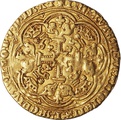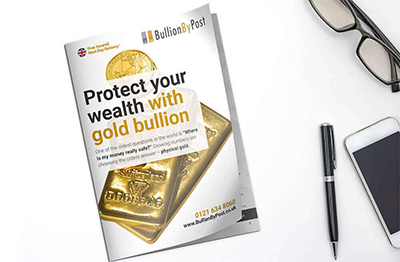Gold Noble
The gold Noble, was an early gold coin, circulated in England during the time of King Edward III. The Noble was popular, and saw relatively large circulation throughout the country, including its smaller denominations – the half Noble, and quarter Noble.
With a value of six shillings and eight pence, and in circulation for about 90 years, the Noble is a unique gold coin, perfect to add to any numismatic coin collection.
The Gold Noble was first issued during the reign of King Edward III, as part of the second coinage of his reign (1344 – 1346). The Noble changed specifications several times during Edward’s reign; initially it weighed 9 grams, before being reduced to 8.3 grams during the third coinage (1346 – 1351), and eventually dropping to 7.8 grams during the fourth coinage (1351 – 1377).
The Noble coin was reduced in weight even further during the reign of Henry IV. The original 7.8 gram coin is classed as “Heavy Coinage”, but Henry’s reign saw the weight reach 7 grams and these are considered part of the “Light coinage”.
During the early 1400s the price of gold in Europe increased, and this resulted in the Noble becoming undervalued. People began exporting coins to Europe to melt down at the higher European value. To combat this, the value of the Noble was increased to eight shillings and four pence. The “Rose Noble” or “Royal” was also introduced at a higher value, but was unpopular, and discontinued in 1470. Instead the Angel took over in popularity and would remain in circulation until 1663, when it was replaced by the Guinea.












